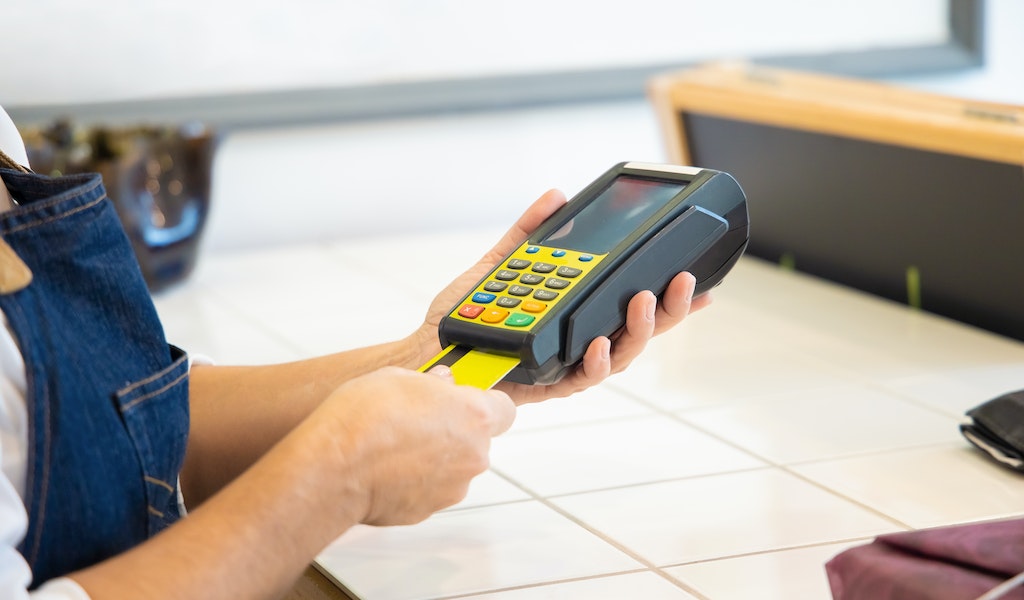Debt is a tricky subject. When you take on debt wisely, it may give you the power to make big financial moves in life, like going to school, buying a new home or vehicle, and even handling unpredictable expenses. But when you collect too much of it, debt can tie up your cash and leave you with very little room to maneuver.
Debt accumulates quickly with each new lease, personal loan, and credit line. If you aren’t careful, you can borrow yourself into a corner. It can feel as though you have to keep borrowing to keep up with your lifestyle. Next thing you know, you’re spiralling into a debt cycle.
Before you apply for your next loan, keep scrolling. Here’s everything you need to know about a debt cycle and how you can borrow without spiralling.
What is a Debt Cycle?
A debt cycle describes the unfortunate situation where people keep borrowing until their debt costs more than they can handle.
It can happen to anyone, but it most often afflicts people who take out payday loans. That’s because these short-term loans are due back too soon for the borrower to reasonably pay it back in time. When the time comes and they don’t have the money, they feel forced to roll over the payday loan, reborrow, or take out a new loan to cover the initial advance.
That said, anyone can fall into a tailspin if they don’t borrow with a plan.
Let’s say you decide to buy a new house while you still owe money on your car and student loans. Things are tight between all these responsibilities, but it’s doable.
That is, until you wake up one morning to the roof leaking. You need to put a massive roof repair on a line of credit. A month later, your car needs unexpected repairs that you put on the same account before you paid off the roof. Then you get sick and need to put your health insurance deductible on the same line of credit.
As unexpected expenses and bills keep piling up, your debt can outstrip your earnings. Your next loan might tip you over the edge.
How to Avoid Falling into a Debt Cycle
If you have to borrow to afford what you already owe, it can be hard to get out of a debt cycle. While possible, it can take a lot of time, hard work, and assistance from debt counselling and debt consolidators.
In this case, prevention is better than the cure. Here’s what you can do to make sure you take out a loan without spiralling.
- Recognize Financial Red Flags:These warning signs may include consistently living beyond your means, relying on credit cards or loans to cover daily expenses, paying only the minimum amount due on debts, or consistently exceeding your credit limits. If these seem familiar, you need to check in with your finances.
- Follow a Budget: Spending within your means is easier when you have a budget. When listing your expenses, distinguish between your needs and wants. Your priority should be essential living expenses, savings, and debt payments. Only splurge on fun items when you can afford to pay for them outright.
- Borrow with a Plan: Any time you want to take out a loan, fit its prospective payments into your budget to ensure you can still juggle all your responsibilities.
- Create an Emergency Fund: An emergency fund acts as a financial safety net, protecting you from unexpected expenses and reducing the likelihood of relying on debt in times of crisis. Strive to save at least three to six months’ worth of living expenses in an easily accessible account.
Falling into a debt trap can have severe consequences on your financial stability and well-being. By understanding the warning signs, creating a realistic budget, minimizing debt, building an emergency fund, practicing responsible credit card usage, and seeking professional guidance when needed, you can protect yourself from the dangers of a debt trap.

















